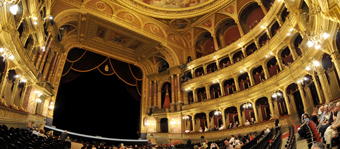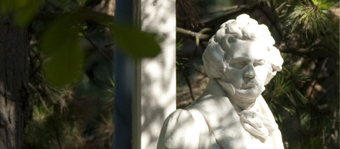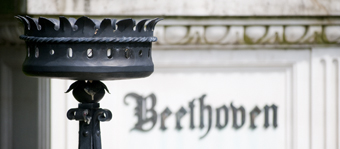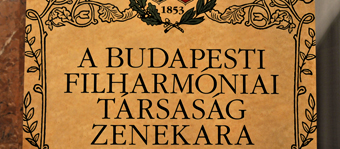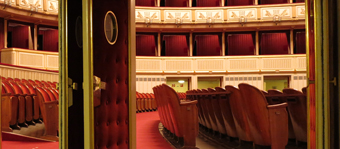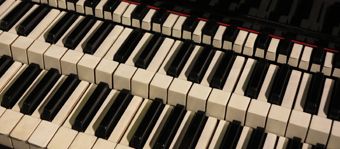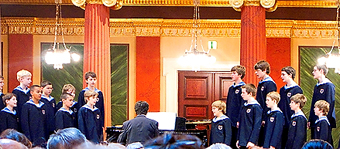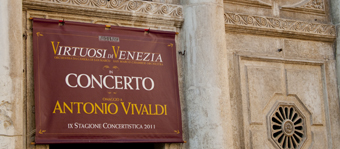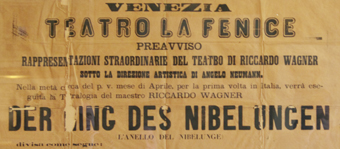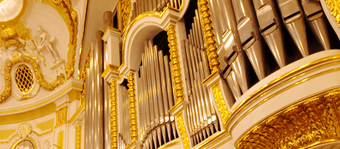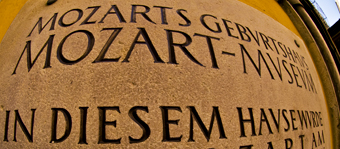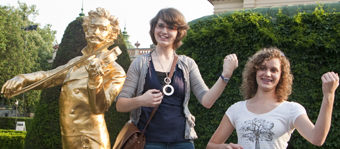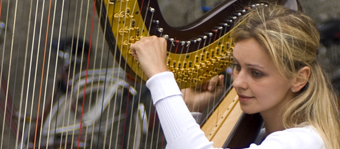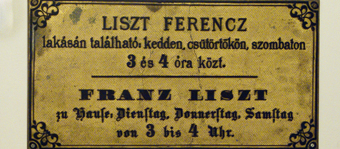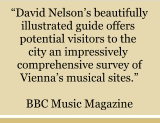When you attend a concert by an orchestra, the musicians on stage are usually the focal point. The Greensboro Symphony’s first concert of this season gives us that and more as members of the Greensboro Ballet join to create a memorable evening of music and dance. Fittingly, the concert is entitled “Invitation to the Dance” and is part of our city’s 17 Days Festival.
Invitation to the Dance
Opening the concert will be Carl Maria von Weber’s well-known work, “Invitation to the Dance.” This music tells the story of a male suitor’s invitation to a woman to dance with him. In the introduction, one can actually hear the dialogue between the pursuing male and the reluctant female. She finally accepts his offer, and the rest of the piece is a glorious waltz. Members of the ballet will be on stage to bring this interplay to life.
Hector Berlioz’s “Hungarian March” follows, and this is taken from his opera “The Damnation of Faust.” The aging Faust hears this music being played by a military band comprised of soldiers who are enthusiastic about becoming war heroes.
Destroying the Temple
A very different opera gives us the next composition. Camille Saint-Säens’s “Samson and Delila” relays a story from the Old Testament. As Samson prepares to enter the temple, priests perform a savage dance, the Bacchanale. Saint-Säens’s music portrays the strength of the priests’ convictions, but Samson refuses to give in to his enemies and pulls down the columns of the temple, killing himself and his adversaries. The Greensboro Ballet will assist in telling this story. Let’s just hope War Memorial Auditorium is intact afterwards!
There are several pieces of classical music that are instantaneously recognizable to virtually everyone, although many people don’t even know their titles. Khachaturian’s “Sabre Dance” is one of those pieces. Even if that name is not familiar to you, the music will be. I remember hearing it as a kid as the music that accompanied a performer who was trying to spin multiple plates on top of sticks at the same time. Maybe that will help you know the music or maybe not. Somehow I doubt that the ballet’s choreography will represent these spinning plates!
“Stranger in Paradise”
Another instantly recognizable piece is Alexander Borodin’s “Polovtsian Dances.” Originally music from his opera “Prince Igor,” this music has been used in countless ways. Perhaps the most famous adaptation of Borodin’s melody was as “Stranger in Paradise” from the 1953 musical “Kismet.” It has also been arranged from everything from early jazz to hip hop. This melodious tune will be enhanced by members of the ballet.
“West Side Story”
Continuing with music that made its home on Broadway is Leonard Bernstein’s “West Side Story.” This is Shakespeare’s “Romeo and Juliet” set in New York City in the 1950s, and the Montagues and the Capulets have been replaced with rival street gangs, the Sharks and the Jets. Bernstein’s score is known for catchy melodies, tender love songs, and rhythmic dances. The orchestra will perform the Symphonic Suite, which contains the best-known themes.
Closing the program will be another waltz. Maruice Ravel wrote his “La Valse” in 1906 as a tribute to the music of Johann Strauss, Jr., the great Viennese waltz master and composer of “On the Beautiful Blue Danube.” Ravel sets his waltz in an ingenious way. It begins as if in a distant fog, almost as if in a dream, and it gradually becomes clearer and clearer. Accompanied by the ballet dancers, this will be a great way to end the first program of the year.
This article appeared in Greensboro, North Carolina’s News & Record on September 29, 2013. The Concerts are on October 3 & 5, 2014.
